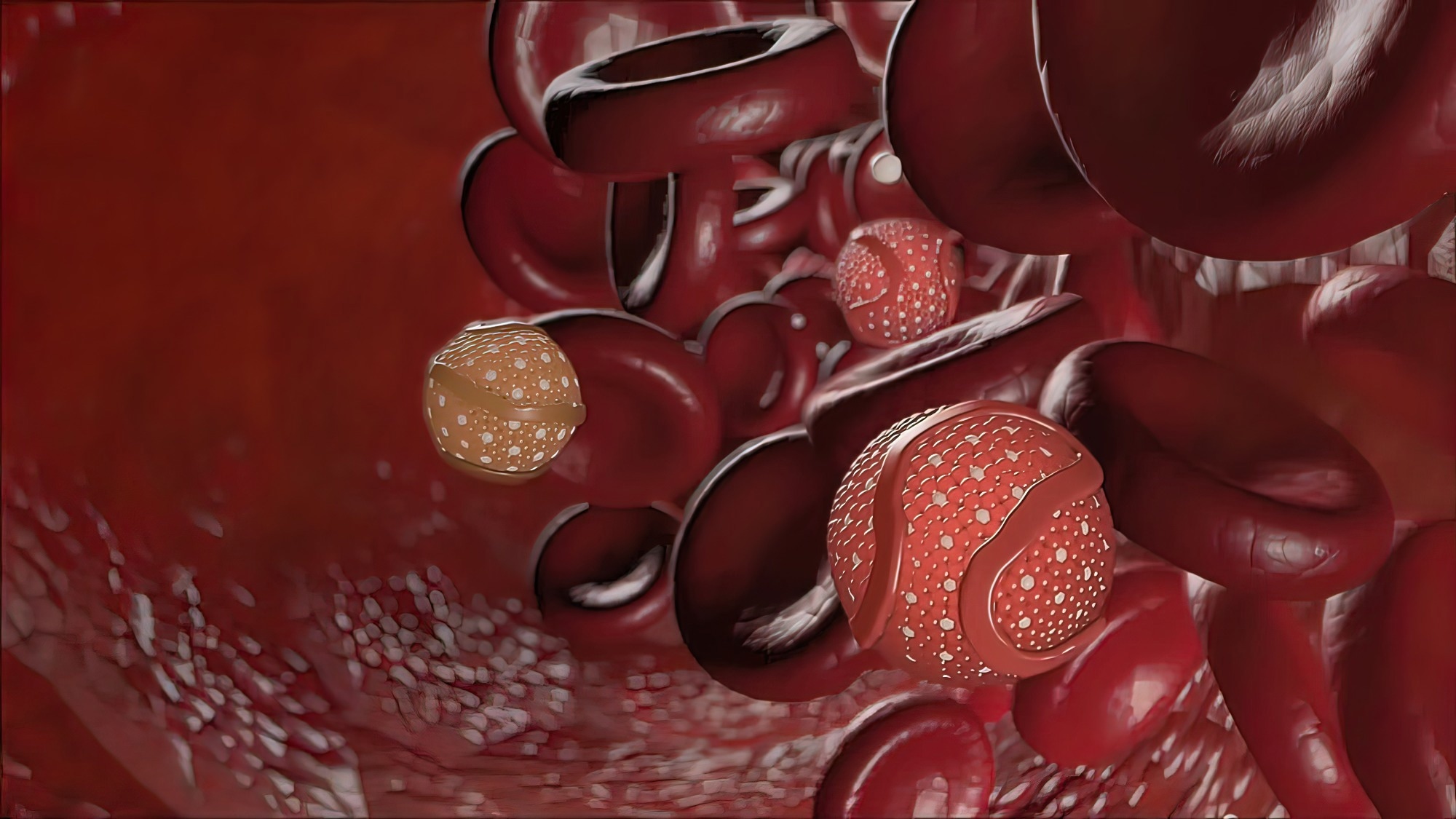A recent study published in the Virology Journal has highlighted the significance of high-density lipoprotein (HDL) in coronavirus disease 2019 (COVID-19) pathogenesis and outcome. A severely low serum HDL level has been observed in most COVID-19 patients.
 Study: High-density lipoproteins may play a crucial role in COVID-19. Image Credit: piccreative/Shutterstock
Study: High-density lipoproteins may play a crucial role in COVID-19. Image Credit: piccreative/Shutterstock
Background
Lipoproteins are complex molecules comprising a central core of cholesterol esters and triglycerides surrounded by free cholesterol, phospholipids, and apolipoproteins. Lipoproteins play a vital role in the transportation of water-insoluble cholesterol and triglycerides. They are divided into seven classes, including low-density lipoproteins (LDL), very low-density lipoproteins (VLDL), HDL, chylomicrons, chylomicrons remnants, intermediate-density lipoproteins (IDL), and lipoprotein a (Lpa).
Of all lipoproteins, only HDL has anti-atherogenic activity. HDL facilitates the transportation of excessive cholesterol to the liver and prevents its accumulation in arteries. This process is called reverse cholesterol transport. Furthermore, HDL prevents free radical-induced oxidation of LDL and subsequent accumulation of oxidation products in the arterial wall. Considering these beneficial effects, HDL is regarded as “good cholesterol.”
Lipids are vital structural components of cells and play a crucial role in inducing antiviral host immune responses. Changes in plasma lipid levels have been observed in many viral infections, including human immunodeficiency virus (HIV), hepatitis C, and dengue infections. Viruses can modulate host lipid metabolism to support their life-cycle.
A significant reduction in plasma HDL level has been observed in many viral infections. Apolipoprotein A-I and apolipoprotein M are vital components of HDL with antiviral properties. They prevent viral host cell entry and replication, respectively. In COVID-19 patients, reduced cholesterol, HDL, LDL, and triglycerides have been found to correlate with disease severity.
In the current study, scientists have compared the lipid profiles of COVID-19 patients and healthy individuals to evaluate the role of lipoproteins in COVID-19 pathogenesis and prognosis.
Study design
The study was conducted on the Indian population. Blood samples were collected from 75 COVID-19 patients and 10 healthy individuals without a history of COVID-19. The samples were subjected to lipid profile testing, which included triglyceride, HDL cholesterol, total cholesterol, VLDL cholesterol, LDL cholesterol, total/HDL cholesterol ratio, and LDL/HDL cholesterol ratio.
The prevalence of dyslipidemia (lipid imbalance in the blood) in India was determined by screening and analyzing the available studies demonstrating the percentages of different lipoproteins in the Indian population. The final analysis involved a total of 15 studies that were published between 2006 and 2021.
Lipid profiles in Indian population
The analysis of available literature indicated that the prevalence of moderate-to-severe HDL deficiency is about 72% in the Indian population. In contrast, about 12% and 14% of Indians had high LDL and total cholesterol levels, respectively. The most common dyslipidemia found in the selected studies was low HDL level.
Lipid profiles in COVID-19 patients
Of all enrolled COVID-19 patients, about 65% had severely low HDL levels, and 35% had moderately low HDL levels. None of the patients had normal HDL levels in the blood. Most of the male patients exhibited severely low HDL levels.
Regarding total cholesterol, the majority of enrolled patients (96%) exhibited normal levels, with only 3% showing high levels. A low level of total cholesterol was detected in only one patient. Regarding gender variation, all female patients showed normal total cholesterol levels, whereas 5% of male patients showed low or high levels.
Alike total cholesterol, no significant changes in LDL levels were observed in COVID-19 patients. While most of the patients exhibited normal LDL levels, only 2% showed very high LDL levels.
A variation in triglyceride and VLDL levels was observed among COVID-19 patients. About 43% and 57% of patients had high and normal triglyceride levels, respectively. Similarly, about 51%, 41%, and 8% of patients had normal, high, and low VLDL levels, respectively.
All healthy individuals enrolled in the study had normal total cholesterol and moderately low HDL levels. Unlike COVID-19 patients, none of the healthy individuals showed severely low HDL levels. About 80% of healthy individuals had normal triglyceride and LDL levels.
Study significance
The study indicates that a low HDL level in the blood might be associated with COVID-19 pathogenesis and prognosis. While the level of LDL remains mostly unaffected by the disease, most COVID-19 patients (65%) exhibit severely low HDL levels.
Given these observations, the scientists suggest that HDL might play a vital role in either increasing the risk of contracting COVID-19 or modulating disease severity. A low HDL level might also increase the risk of cardiovascular disease in COVID-19 patients.